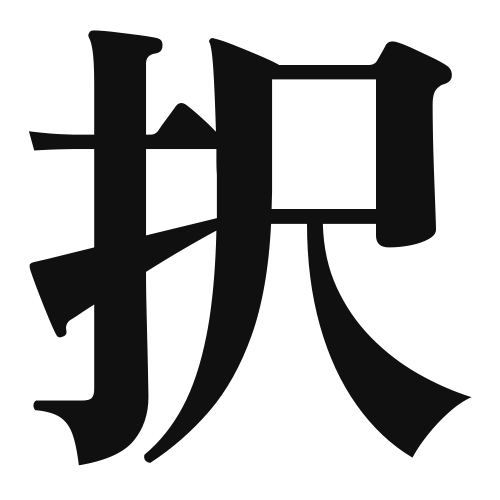1. Overview of Meaning
The kanji “択” (taku) means “to choose” or “to select.” It conveys the idea of making a decision between options or alternatives.
2. Formation and Radical
Formation of the Kanji: The kanji “択” is a compound character (会意文字) that combines elements to convey its meaning. It consists of the radical “扌” (hand) which suggests action, and “tak” which relates to choice.
Radical: The radical of “択” is “扌” (hand), indicating that the action of choosing involves a physical or metaphorical hand in the decision-making process.
3. Examples of Usage
Common Words and Phrases: Some frequently used words that include “択” are “選択” (sentaku – selection) and “択一” (takuichi – choice between two options).
Example Sentences in Daily Conversation:
- 「どちらの映画を選択しますか?」 (Doreka no eiga o sentaku shimasu ka?) – “Which movie will you choose?”
- 「この問題は択一です。」 (Kono mondai wa takuichi desu.) – “This problem is a choice between two options.”
4. Synonyms and Antonyms
Similar Kanji: A similar kanji is “選” (sen), which also means “to choose” but often implies a more careful or deliberate selection process.
Opposite Kanji: An antonym is “放棄” (houki), which means “to abandon” or “to give up,” representing the opposite of making a choice.
5. Cultural and Historical Background
Relation to Japanese Culture: The concept of choice is significant in Japanese culture, where decision-making often involves consideration of harmony and consensus.
Proverbs and Idioms: An example of a related proverb is “選択肢は無限大” (sentakushi wa mugendai), meaning “the choices are limitless,” highlighting the importance of options in life.
